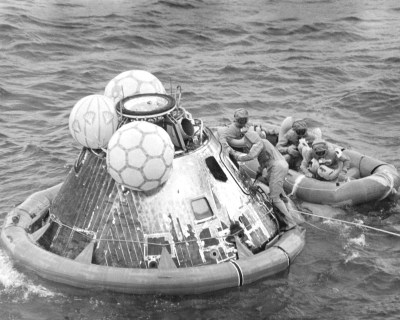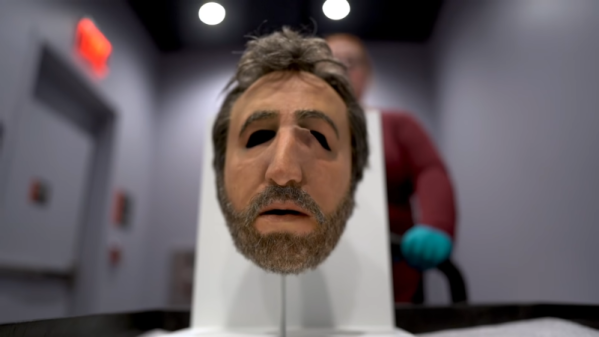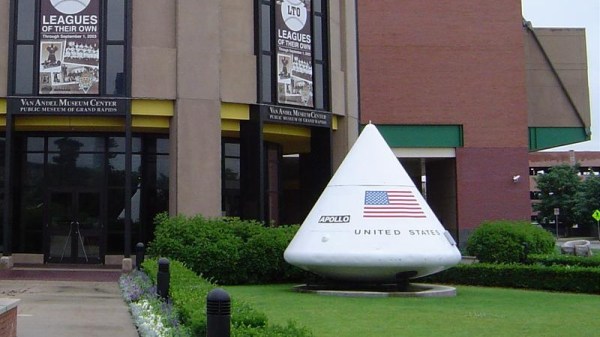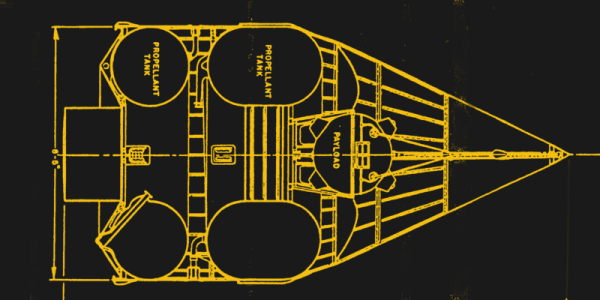When you think of “secret” agencies, you probably think of the CIA, the NSA, the KGB, or MI-5. But the real secret agencies are the ones you hardly ever hear of. One of those is the National Reconnaissance Office (NRO). Formed in 1960, the agency was totally secret until the early 1970s.
If you have heard of the NRO, you probably know they manage spy satellites and other resources that get shared among intelligence agencies. But did you know they played a major, but secret, part in the Apollo 11 recovery? Don’t forget, it was 1969, and the general public didn’t know anything about the shadowy agency.
Secret Hawaii
Captain Hank Brandli was an Air Force meteorologist assigned to the NRO in Hawaii. His job was to support the Air Force’s “Star Catchers.” That was the Air Force group tasked with catching film buckets dropped from the super-secret Corona spy satellites. The satellites had to drop film only when there was good weather.

In the 1960s, civilian weather forecasting was not as good as it is now. But Brandli had access to data from the NRO’s Defense Meteorological Satellite Program (DMSP), then known simply as “417”. The high-tech data let him estimate the weather accurately over the drop zones for five days, much better than any contemporary civilian meteorologist could do.
When Apollo 11 headed home, Captain Brandli ran the numbers and found there would be a major tropical storm over the drop zone, located at 10.6° north by 172.5° west, about halfway between Howland Island and Johnston Atoll, on July 24th. The storm was likely to be a “screaming eagle” storm rising to 50,000 feet over the ocean.
In the movies, of course, spaceships are tough and can land in bad weather. In real life, the high winds could rip the parachutes from the capsule, and the impact would probably have killed the crew.



















